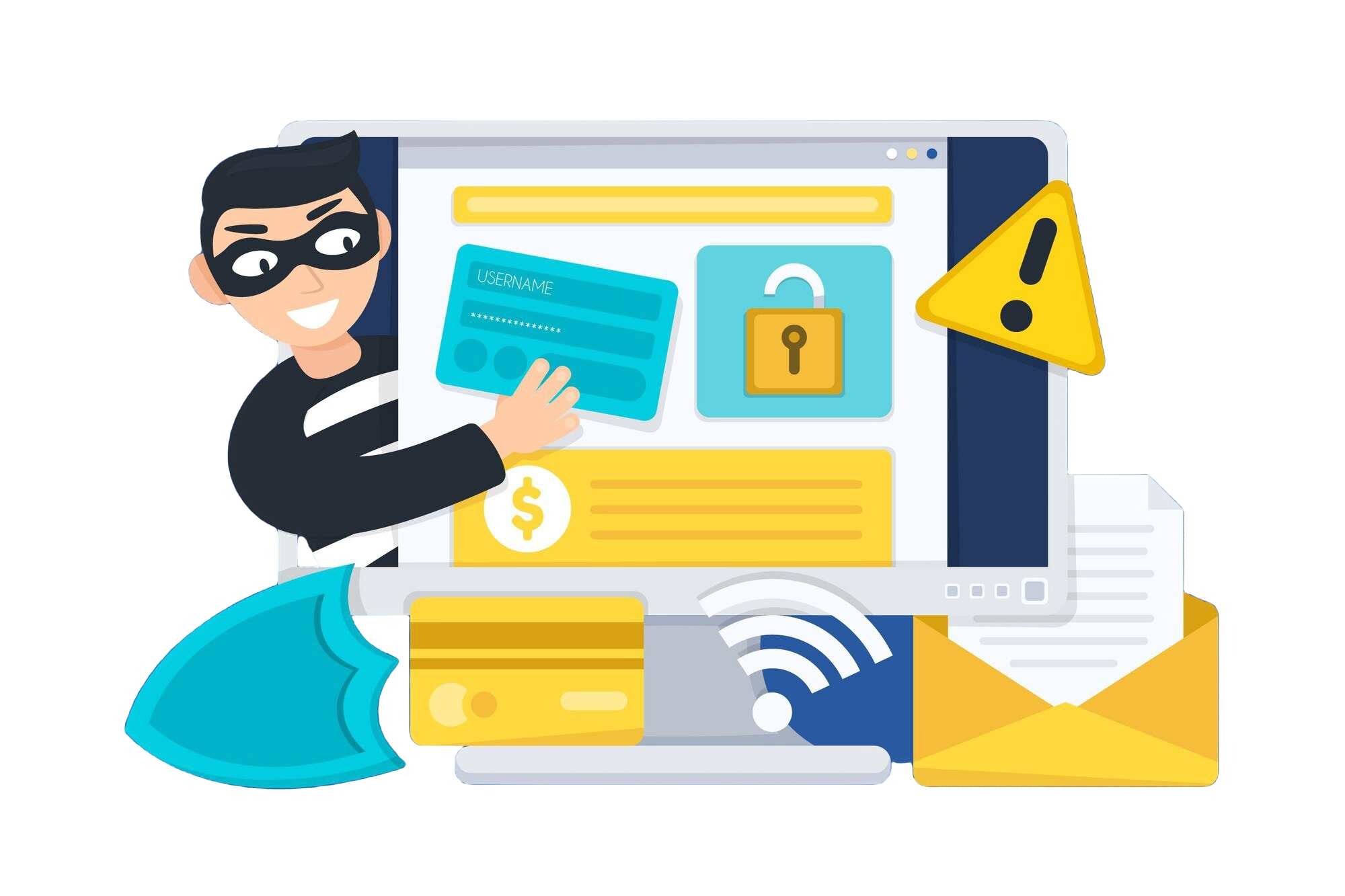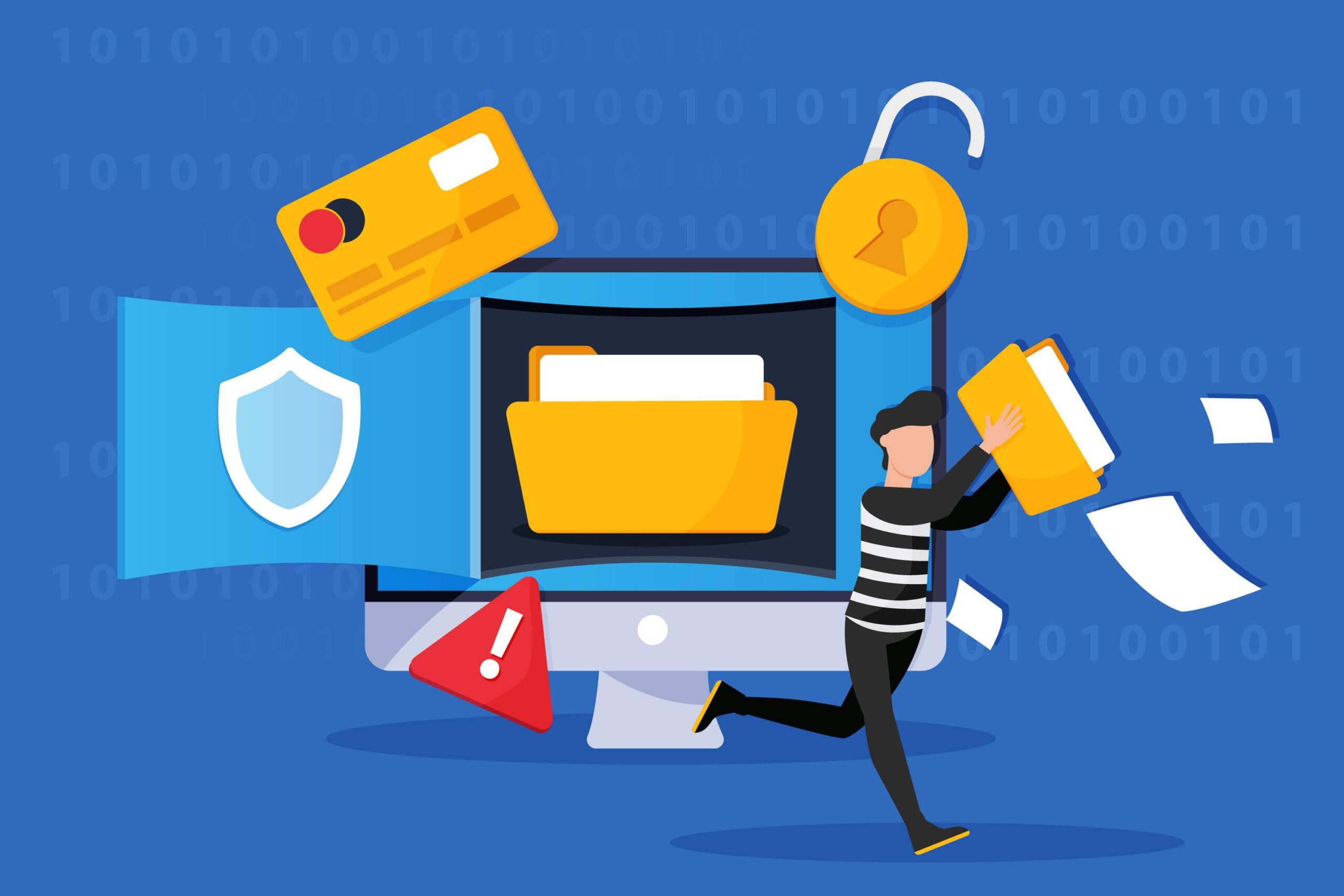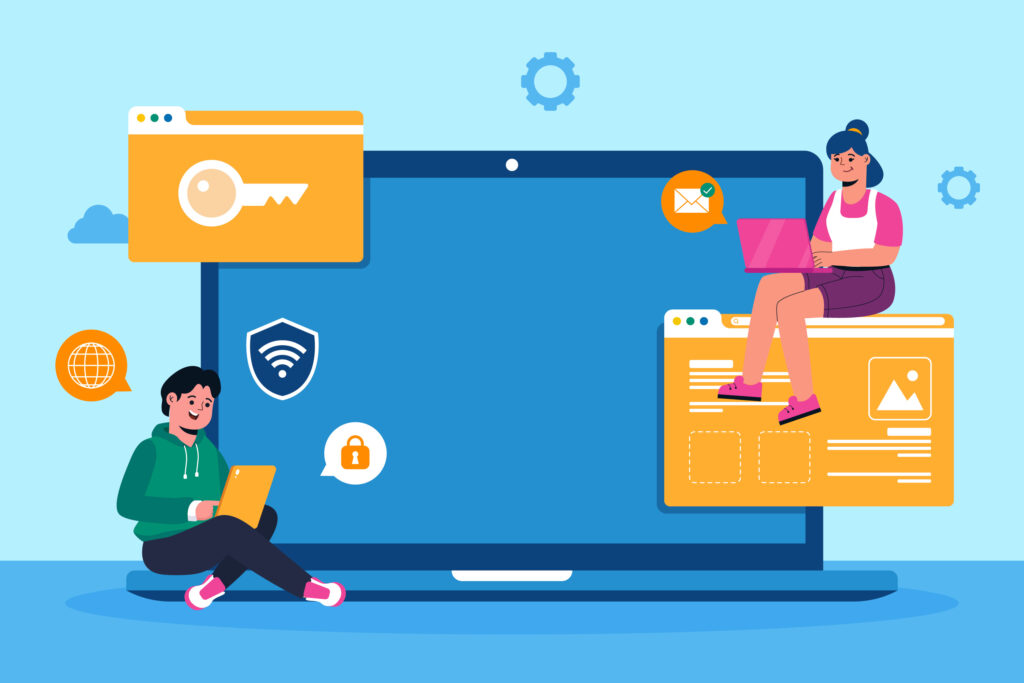In today’s interconnected world, securing personal data online has never been more important. With cyber threats constantly evolving, protecting sensitive information requires vigilance and the right strategies. This guide will walk you through the best practices to safeguard your personal data from hackers, phishing scams, and other online threats.
Why Securing Personal Data Matters
Personal data, such as passwords, credit card information, and social security numbers, is a prime target for cybercriminals. If compromised, this information can lead to identity theft, financial losses, or reputational harm. As we increasingly rely on digital platforms, taking steps to secure personal data is essential for both individuals and businesses.
Best Practices to Protect Your Personal Data Online
1. Use Strong and Unique Passwords
Passwords are the first line of defense against unauthorized access. Weak or reused passwords make it easier for attackers to compromise your accounts.
- Best Practices:
- Use a mix of uppercase, lowercase, numbers, and special characters.
- Avoid using easily guessable information, such as your name or birthdate.
- Use a password manager to generate and store strong, unique passwords for each account.
2. Enable Two-Factor Authentication (2FA)
Two-factor authentication adds an extra layer of security by requiring a second form of verification, such as a code sent to your phone or email.
- Why It Matters: Even if a hacker obtains your password, 2FA makes it significantly harder for them to access your account.
3. Keep Software and Devices Updated
Outdated software often contains vulnerabilities that cybercriminals can exploit.
- Best Practices:
- Enable automatic updates for operating systems, browsers, and applications.
- Regularly update firmware for devices like routers and IoT gadgets.
4. Be Cautious of Phishing Scams
Phishing scams are designed to trick you into providing sensitive information by pretending to be legitimate entities.
- How to Avoid Phishing:
- Double-check the sender’s email address and domain name.
- Avoid clicking on links or downloading attachments from unknown sources.
- Look for telltale signs of phishing, such as urgent language or grammatical errors.
5. Use Secure Connections
Public Wi-Fi networks are often unsecured, making them a hotspot for hackers.
Use a Virtual Private Network (VPN) to encrypt your internet connection.
Best Practices:
Avoid accessing sensitive accounts or making transactions on public Wi-Fi.


6. Limit Personal Information Shared Online
Oversharing personal information on social media or other platforms can make you an easy target for cybercriminals.
- Tips:
- Avoid sharing your full name, address, phone number, or other sensitive details publicly.
- Review and adjust privacy settings on social media platforms to control who can view your information.
7. Monitor Your Accounts Regularly
Regularly reviewing your financial and online accounts can help you detect suspicious activity early.
- Best Practices:
- Enable alerts for unusual account activity.
- Check your credit reports periodically for unauthorized transactions or accounts.
8. Use Encryption Tools
Encryption ensures that your data remains secure during transmission.
- How to Use Encryption:
- Use encrypted messaging apps like Signal or WhatsApp for secure communication.
- Encrypt sensitive files before sharing them online or storing them in the cloud.
9. Backup Your Data
Regular backups ensure that you can recover your data in case of a ransomware attack, hardware failure, or accidental deletion.
- Best Practices:
- Use both cloud-based and physical backups for redundancy.
- Encrypt backups to protect them from unauthorized access.
10. Educate Yourself About Cybersecurity
Staying informed about the latest cyber threats and security practices is crucial.
- Tips:
- Follow reputable cybersecurity blogs and news outlets.
- Attend webinars or take online courses on cybersecurity basics.
Emerging Threats to Personal Data in 2025
As technology evolves, new threats to personal data are emerging. Key concerns for 2025 include:
- AI-Driven Phishing Attacks: More sophisticated phishing scams leveraging artificial intelligence to create highly convincing fake messages.
- Deepfake Technology: Used to impersonate individuals and trick people into divulging sensitive information.
- IoT Vulnerabilities: As smart devices proliferate, securing them against cyberattacks is becoming increasingly important.
Top Tools for Securing Personal Data Online
Here are some tools to help you protect your personal data:
- Password Managers: Tools like LastPass or Dashlane securely store and generate strong passwords.
- VPN Services: ExpressVPN and NordVPN provide encrypted internet connections.
- Antivirus Software: Norton, Bitdefender, and McAfee protect against malware and other threats.
- Encrypted Messaging Apps: Signal and Telegram ensure secure communication.
- Identity Theft Protection: Services like LifeLock monitor your personal data and alert you to potential breaches.
Conclusion
Securing your personal data online is a continuous process that requires awareness, vigilance, and the right tools. By following best practices such as using strong passwords, enabling two-factor authentication, and staying informed about cybersecurity trends, you can significantly reduce your risk of falling victim to cyberattacks.
Remember, the responsibility to protect your data starts with you. Take proactive steps today to create a safer digital environment for yourself and those around you.

